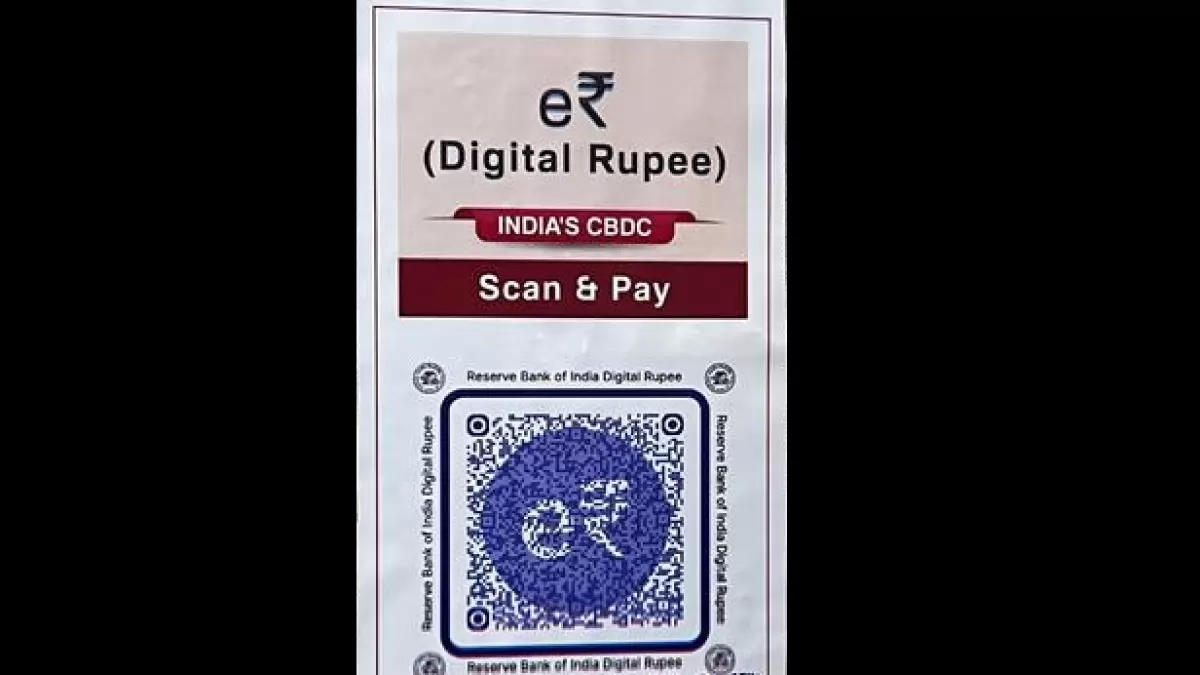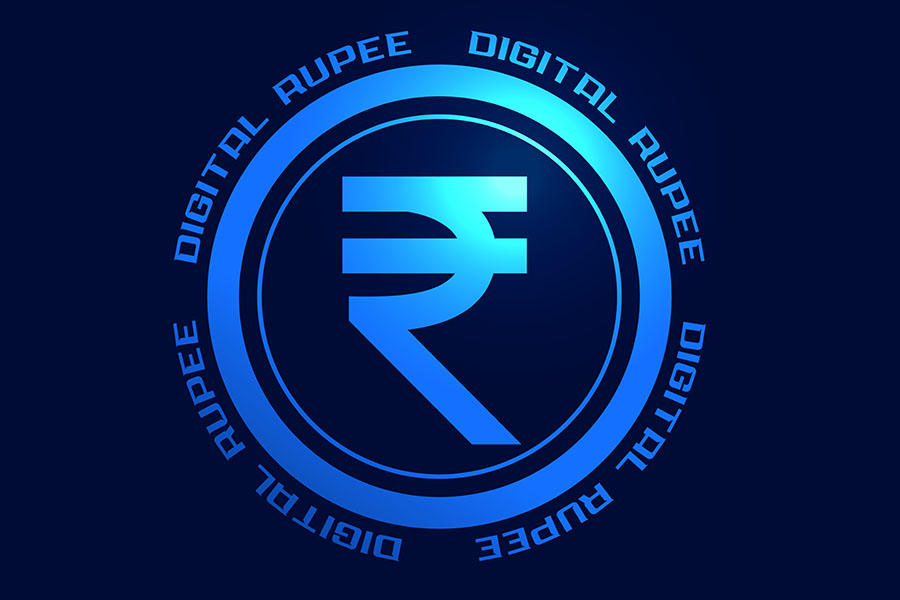The Reserve Bank of India (RBI) is set to implement interoperability between its central bank digital currency (CBDC) and the Unified Payments Interface (UPI) by the end of this month, according to Deputy Governor T. Rabi Sankar. This move will allow customers to use UPI QR codes for transactions using digital currency. The RBI aims to achieve 1 million CBDC transactions per day by the end of the year, significantly increasing the current transaction volume.
Interoperability: UPI QR Codes for CBDC Transactions:
Customers will be able to utilize a single QR code for both UPI and CBDC transactions, ensuring convenience and ease of use. The interoperability program has already been adopted by 13 banks, and the RBI intends to encourage more banks to participate, targeting a range of 20-25 banks for the program. By enabling interoperability, CBDC users will be able to make transactions even if the merchant does not have a CBDC account. In such cases, the payment will be directed to the merchant’s UPI account instead.

Ambitious Transaction Goals:
Currently, banks process around 5,000-10,000 transactions per day using CBDC. The RBI’s objective is to scale this up significantly, aiming for 1 million CBDC transactions per day by the end of the calendar year. With over 30 crore transactions taking place daily through UPI, achieving this target is considered feasible and will help promote the widespread adoption of CBDC.
Challenges: Anonymity and Offline Transactions:
To fulfill the purpose of CBDC, the RBI is actively addressing two major challenges: anonymity and offline transactions. Ensuring anonymity while maintaining security and compliance is crucial. Additionally, enabling offline transactions will allow users to transact seamlessly, even in areas with limited internet connectivity.
Cost-Effectiveness and Cross-Border Payments:
CBDC transactions are expected to be cost-effective, particularly for cross-border payments. Currently, the cost of cross-border transactions exceeds 6 percent, creating financial burdens. By leveraging CBDC, these costs can be significantly reduced. The RBI expects CBDC to facilitate transactions among various banks, reducing the reliance on a few institutions and promoting fair practices.
CBDC Pilot Programs and User Adoption:
The pilot programs for retail and wholesale transactions using CBDC have seen considerable success. As of June 30, the retail pilot has surpassed one million users and 262,000 merchants. The RBI has actively encouraged participation from banks and fintech firms to further increase transactions. The introduction of UPI QR codes for CBDC transactions will contribute to this growth.
Addressing Concerns: Stable Coins and Cryptocurrencies:
Deputy Governor T. Rabi Sankar expressed India’s concerns about stable coins, highlighting that they pose an “existential threat” to countries’ policy sovereignty. Sankar emphasized the importance of a global financial system built on CBDCs issued by individual countries for settling global payments, rather than relying on stable coins. He urged bankers and fintech firms to engage in informed debates to protect customers from misleading advertisements and ensure the adoption of secure and regulated digital currencies.
Find More News Related to Banking



 Indian Olympic Medal Winners List Till N...
Indian Olympic Medal Winners List Till N...
 Who is the Inventor of the Gramophone?
Who is the Inventor of the Gramophone?
 HS Dhaliwal Appointed New DGP Of Andaman...
HS Dhaliwal Appointed New DGP Of Andaman...
